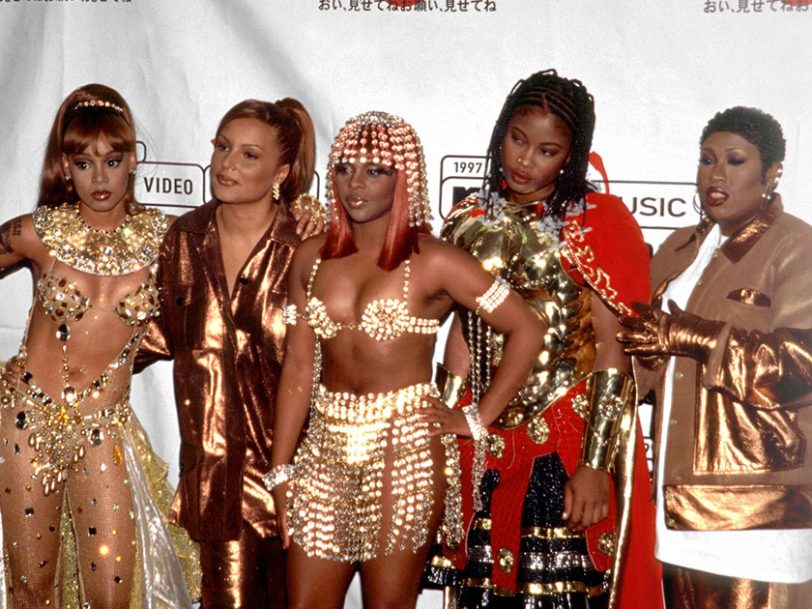When Missy Elliott recorded her debut album, Supa Dupa Fly, in a two-week sprint with co-producer Timbaland, she initially thought of it as a diversion from her main hustle as a behind-the-scenes songwriter. “I was comfortable just writing for people. And I mean really comfortable,” she told Spin magazine shortly after the album’s release. And with good reason, too: Elliott was already reshaping pop music in the late 90s, having earned credits on tracks by new jack swing acts New Edition and Jodeci, slick R&B loverman Ginuwine, neo-soul siren Aaliyah, and Total, an all-girl three-piece that brought some feminine energy to Puff Daddy’s hypermasculine Bad Boy stable. But after making a 30-second cameo on a remix of Gina Thompson’s 1996 hit The Things That You Do, there was an immediate clamour to have Elliott step out centre-stage herself.
Listen to ‘Supa Dupa Fly’ here.
“I wanted to have a record label instead of being an artist”
Elliott’s reluctance to do so was understandable. As part of Sista, an R&B outfit she’d formed with three schoolfriends in the early 90s, she’d signed to producer DeVanté Swing’s Swing Mob label and watched with disappointment as the album they recorded got shelved. Heading back to her hometown of Portsmouth, Virginia, she holed up in the studio with her songwriting collaborator, Timbaland, and concentrated on making beats and coming up with rhymes for other artists to sing. So while a bidding war erupted around the “hee-hee haw-haw” girl, and major labels sought to entice her back to the mic, Elliott wasn’t about to let anyone else take control of her music again.
“Every label out there was trying to get me to sign to them and I wanted to have a record label instead of being an artist,” Elliott later told Vinyl Me, Please. Sylvia Rhone, CEO of Elektra Entertainment Group, offered Elliott a deal: a label in return for an album.
With Elliott now head of her own imprint, The Goldmind, Inc, she booked a fortnight in Virginia Beach’s Master Sound Studios with Timbaland, with a view to meeting her obligation and then getting back to business: “I was like, ‘Tim, let’s go in here and do this album real quick so I can get started on my label.’”
What emerged, on 15 July 1997, would change not only the course of Elliott’s career, but the courses of hip-hop, R&B and pop music.




